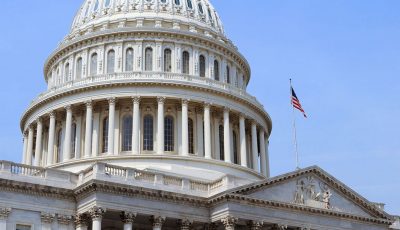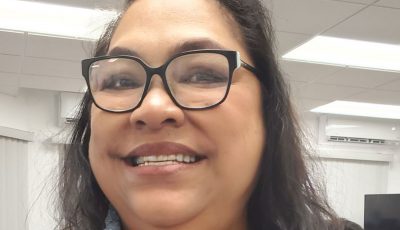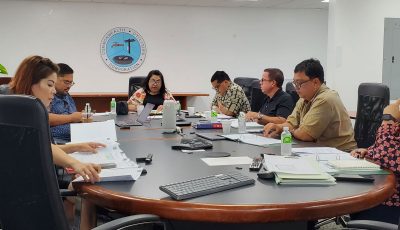‘CUC still lags in installing water meters’
DOJ: CUC has made progress but much needs to be accomplished
Up to this time, the Commonwealth Utilities Corp. continues what a U.S. Environmental Protection Agency inspector described as CUC’s “longstanding inability” to install water meters and accurately bill customers.
Citing CUC records, EPA inspector John Tinger said that up to 4,000 out of approximately 9,000 customer accounts had malfunctioning meters in 2015 alone.
Yet CUC reported in 2016 that it funded approximately 2,000 new meters, Tinger said.
“CUC has not provided a comprehensive accounting of the water metering programs nor a specific update on the installations of the 2,000 new meters,” he said.
Tinger has been designated by EPA as project coordinator of Stipulated Order No. 1, which focuses on drinking water and wastewater issues and the restructuring of CUC’s organization.
His latest declaration was attached to the U.S. government’s January 2018 status report that was submitted by the U.S. Department of Justice to the U.S. District Court for the NMI.
Tinger, who has inspected CUC’s Agingan and Sadog Tasi sewage treatment plants, collection system pump stations, and water tanks, pointed out that CUC managed to fill all key management positions in mid-2017, but the chief engineer position has been vacant since July 2017.
He noted that vacancies in key management positions have impacted progress on many Stipulated Order 1 items over the past several years.
“With relatively new management in place, it is critical to re-establish timelines and specific plans to address the remaining Stipulated Order 1 requirements, and for CUC’s new management to commit to the recommendations identified in the master plan,” he said.
Tinger said that CUC did not hire a chief engineer within the required time and has yet to fill the position.
He disclosed that EPA slapped CUC last Friday with a penalty of $15,000 for the first 15 days of violation pursuant to Stipulated Order 1.
Financially, Tinger said, CUC continues to report that it operates at an annual loss and that it is not billing customers adequately to cover the costs of service.
CUC has reported compliance with all primary drinking water quality standards in 2016 and 2017.
Tinger said that, in June 2017, CUC issued a public advisory to announce that it had has detected levels of perfluorooctane sulfonate that exceeded the EPA health advisory level of 70 parts per trillion in a limited area of its drinking water system.
He said PFOs may be associated with firefighting foams at airfields and were phased out around 2002.
Because of the test results, the inspector said, CUC closed down approximately 10 wells in the vicinity of the airport with elevated contaminant levels.
Although progress has been made to cure CUC’s longstanding operational deficiencies and failure to comply with stipulated orders, there is still much to be accomplished, according to Bradley R. O’Brien, a lawyer for the DOJ’s Environmental Enforcement Section.
In the U.S. January 2018 status report, O’Brien said the U.S. will continue to work with CUC and other parties to accomplish the full purpose of the stipulated orders—that CUC becomes an environmentally safe, responsible, and financially independent entity.



























